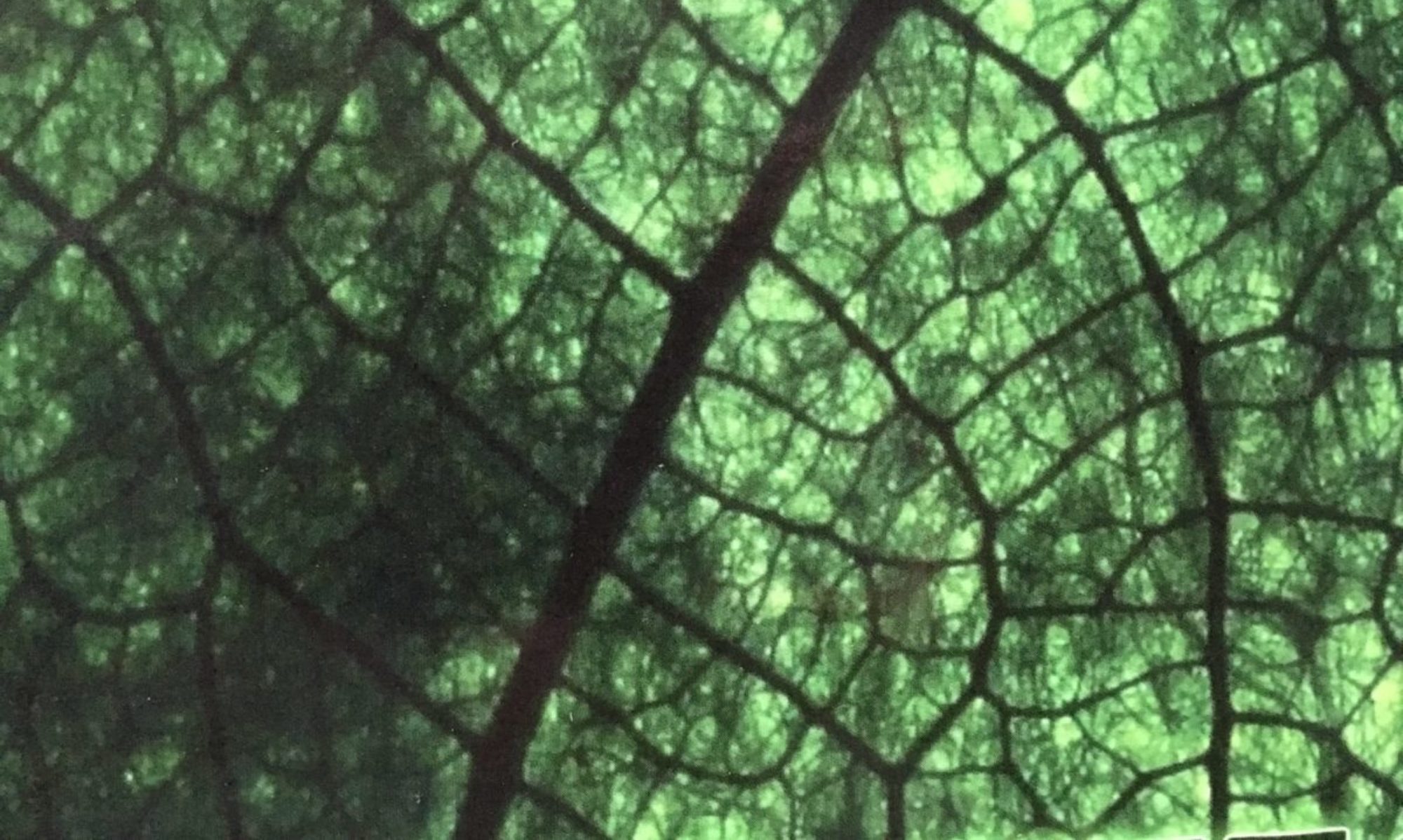This Sunday, July 18, I will be giving a talk, by Zoom, for the First Unitarian Universalist Church of West Volusia (in Deland, FL).
Often, after my talks, I follow up by emailing the organizer a list of the people/references I have mentioned in my talk, so people can explore in greater depth the ideas I have only touched on.
This time I’m trying something different: Post my reference list before the day of the talk, and make it available even to people who are not able to listen in realtime.
My upcoming talk derives ideas and inspiration (and maybe a few direct quotes) from the following sources:
• George Monbiot’s book Heat: How we can stop the planet burning (2006; also released in 2007 under the title, Heat: How to stop the planet from burning). Monbiot’s book was one of the foundations of my effort to help launch a low-footprint-lifestyle revolution. Here is an excerpt from Monbiot’s book.
• The Riot for Austerity movement (also known as the 90% Reduction Challenge), a grassroots movement of voluntary household-level footprint-reduction inspired by Monbiot’s book, is alive and well, although its online presence does not seem to be as active these days. Here is the “Riot” Facebook group; 152 members worldwide.
• “Entering the Bardo” (Joanna Macy, in dailygood.org): “We are in a space without a map. With the likelihood of economic collapse and climate catastrophe looming, it feels like we are on shifting ground, where old habits and old scenarios no longer apply. In Tibetan Buddhism, such a space or gap between known worlds is called a bardo. It is frightening. It is also a place of potential transformation. … When we dare to face the cruel social and ecological realities we have been accustomed to, courage is born and powers within us are liberated to reimagine and even, perhaps one day, rebuild a world. Do not look away. Do not avert your gaze. Do not turn aside.“
• “Why Do We Work So Damn Much? Hunter-gatherers worked 15-hour weeks. Why don’t we?” Ezra Klein interviews James Suzman (transcript; New York Times) (includes link to audio podcast also): How much of what we think of as deeply ingrained “human nature” is actually a product of one’s culture? And cultures differ from one to the next. Contrary to what many of us steeped in the wealthy industrialized colonialist worldview might think, not all cultures value acquisition and hoarding as much as ours does. Some outright eschew such behavior, and are much more sharing-oriented. Interesting reflections based on anthropologist Suzman’s observation of a modern-day hunter-gatherer society.
• “Apocalypse & Awakening: Interview with Mary DeJong” (allcreation.org): Rewilding; indigeneity (exploring/reclaiming our ancestral roots as a path for spiritual and cultural revitalization); reframing our connection with nature — “from ‘I and it’ to ‘I and Thou’.” Putting one’s ear to the earth; listening to one’s bioregion. Extremely restorative and mind-expanding 57-minute talk by Mary DeJong, founder of Waymarkers, “a project offering an exceptional collection of curricula, retreat experiences, writings, spiritual companioning experiences, and nature-based art to help Christians and people of all backgrounds restore their relationships to the sacred in each other and the more than human world … Mary is also co-founder and chair of Cheasty Green Space, a 43-acre public park rewilding project in Seattle, and a noted theologian.”
• “How To Enjoy the End of the World” (talk by Sid Smith (B. Sidney Smith) for Green Party of Virginia): This hour-long talk packs quite a lot in, including an excellent (if sobering) overview of Energy Return on Investment, and how it has declined since its peak in the mid-20th century. The “Energy Cliff”: We are falling off. And some tips on how we might constructively face the collapse of our civilization. Also check out BSidneySmith.com
Groups/movements:
To quote Kermit the Frog, “It’s not easy being green!” Going against the prevailing consumerist cultural norms can be very socially stressful, on top of the often-daunting logistical challenges. We who aspire to live a low footprint need moral support!
In that spirit, here is a short list of virtual communities that I have found to be reliable sources of practical tips and moral support. (Where you don’t see a link, just copy-paste the group name into Facebook search. Even if you don’t have a Facebook account, some of these are accessible to any member of the public.)
• Zero-Waste, Zero Judgement (over 35K members; worldwide)
• The Non-Consumer Advocate (over 81K members; worldwide)
• Degrowth – join the revolution (over 3K members; worldwide) (“for those willing to consider that economic growth is wrecking the biosphere”)
• Deep Adaptation (over 12K members; worldwide)
• Regenerative Consciousness Community (over 18K members; worldwide)
And, for locals in central Florida, here are some local resources I admin or co-admin:
• Daytona Beach Permaculture Guild
• Florida Permaculture Net
• Edgewater Environmental Alliance (900+ members, mainly in Volusia & Brevard counties)
If you are located in a different geographic area, try searching terms such as “permaculture”, “zero-waste”, “environmental group” together with the name of your town or region. Other terms to search: Bioregionalism; Transition Towns.
And, everyone everywhere: I invite you to explore this blog, which wanders into every tangent I can think of regarding how to live lightly on the earth and greatly enrich your life. And for a more concise, nuts-and-bolts guide, check out my book DEEP GREEN! It’s available here on this blog for all to read; and also you can get your own print copy by ordering direct from me.
